
Radical 30 or radical mouth (口部) meaning "mouth" is one of 31 of the 214 Kangxi radicals that are composed of 3 strokes.
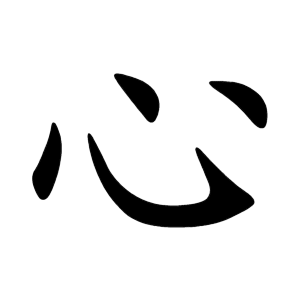
Radical 61 or radical heart (心部) meaning "heart" is one of 34 of the 214 Kangxi radicals that are composed of 4 strokes.

Radical 32 or radical earth (土部) meaning "earth" is one of the 31 Kangxi radicals composed of three strokes.

Radical 33 or radical scholar (士部) meaning "scholar" or "bachelor" is one of the 31 Kangxi radicals composed of three strokes.
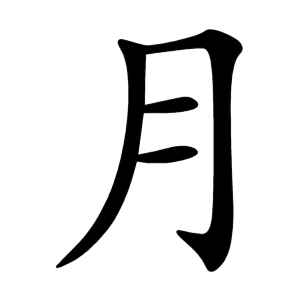
Radical 74 or radical moon (月部) meaning "moon" or "month" is one of the 34 Kangxi radicals composed of 4 strokes.

Radical 76 or radical lack (欠部) meaning "owe", "lack", or "yawn" is one of the 34 Kangxi radicals composed of 4 strokes.

Radical 112 or radical stone (石部) meaning "stone" (石头) is one of the 23 Kangxi radicals composed of 5 strokes.
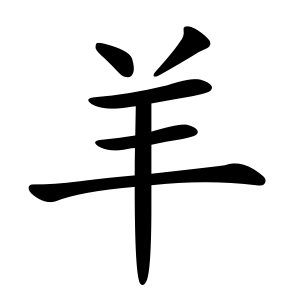
Radical 123 or radical sheep (羊部) meaning "sheep" or "goat" is one of the 29 Kangxi radicals composed of 6 strokes.
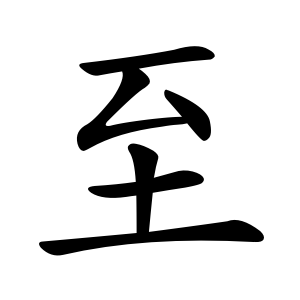
Radical 133 or radical arrive (至部) meaning "arrive" or "most" is one of the 29 Kangxi radicals composed of 6 strokes.

Radical 143 or radical blood (血部) meaning "blood" is one of the 29 Kangxi radicals composed of 6 strokes.

Radical 149 or radical speech (言部) meaning "speech" is one of the 20 Kangxi radicals composed of 7 strokes.
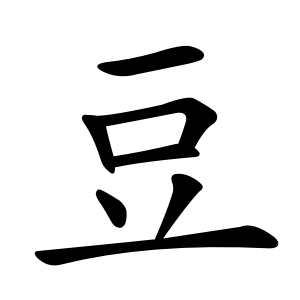
Radical 151 or radical bean (豆部) meaning "bean" is one of the 214 Kangxi radicals. It is one of 20 which are composed of 7 strokes.
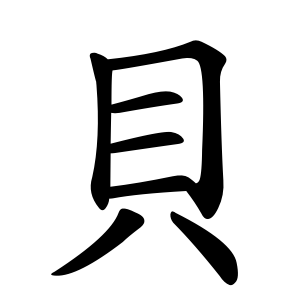
Radical 154 or radical shell (貝部) meaning "shell" is one of the 20 Kangxi radicals composed of 7 strokes.

Radical 157 or radical foot (足部) meaning "foot" is one of the 20 Kangxi radicals composed of 7 strokes.

Radical 158 or radical body (身部) meaning "body" is one of the 20 Kangxi radicals composed of 7 strokes.
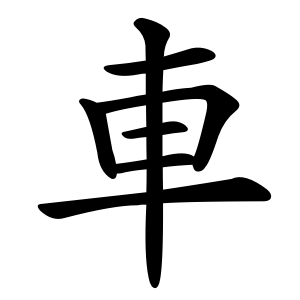
Radical 159 or radical cart (車部) meaning "cart" or "car" is one of the 20 Kangxi radicals composed of 7 strokes.

Radical 169 or radical gate (門部) meaning "gate" or "door" is one of the 9 Kangxi radicals composed of 8 strokes.
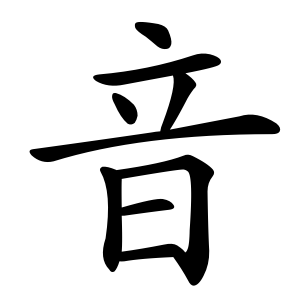
Radical 180 or radical sound (音部) meaning "sound" is one of the 11 Kangxi radicals composed of 9 strokes.
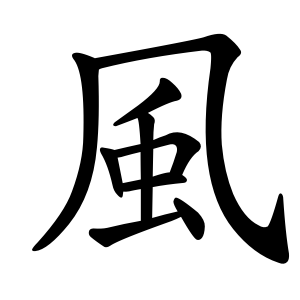
Radical 182 or radical wind (風部) meaning "wind" is one of the 11 Kangxi radicals composed of 9 strokes.

Radical 183 or radical fly (飛部) meaning "flying" is one of the 11 Kangxi radicals out of 214 composed of 9 strokes.
























